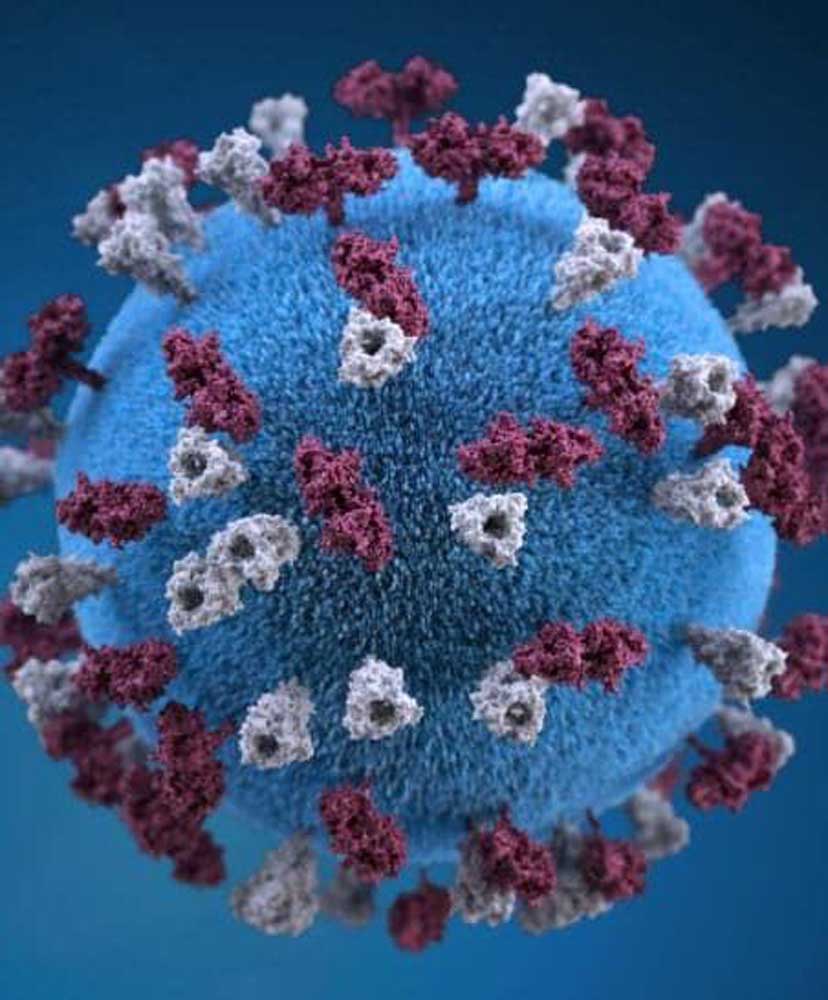Movie ’42’ portrays a significant historical moment
Published 5:00 am Saturday, April 20, 2013
The new movie, “42,” tells the story of the breaking of the color barrier in Major League baseball almost 70 years ago (1947). Jackie Robinson’s selection by Branch Rickey, then owner of the Brooklyn Dodgers, to play with the Dodgers AAA farm team, Montreal, was the start to his eventually joining the Brooklyn team in 1947. In the movie, Chadwick Boseman played the role of Robinson. An excellent casting choice for a memorable movie.
As a young boy, living in New Jersey, I got to see Robinson and Montreal play against the Newark Bears. History being made.
New Jersey, across the Hudson River from New York City, also allowed me to be a young Dodger fan. Many weekends and weekdays were spent watching baseball in New York City. Of the 16 Major League baseball teams, three were located in New York. The Dodgers and New York Giants were part of the National League and the New York Yankees were dominant in the American League.
The Dodger-Giant rivalry was legendary whether played at Ebbets Field, home of the Dodgers, or the Giants home field at the Polo Grounds. World Series games, the “subway series,” between the Dodgers and Yankees are legends of the past.
Ebbets Field was a wonderful venue for baseball. Seating slightly over 30,000 fans, most seats were good for viewing baseball. The small ballpark, with its short right-field fence, led to many “homers” lifted into Bedford Avenue.
A high right-field fence, including large scoreboard, didn’t always stop homers, but it did lead to some interesting doubles and singles. A ball hit off the right-field fence was no guarantee of having a two-base hit. A strong armed right fielder could retrieve the ball and throw it quickly into second base, holding the hitter to a single.
In the movie, portrayed by an actor, Red Barber, broadcaster for Dodger radio games, was shown at the mike. Not shown was his companion radio buddy Connie Desmond. Later, a young Vin Scully joined the broadcasting crew. Old Gold cigarettes sponsored the games, and when a player hit a home run, the broadcast booth would slide a carton of cigarettes down the screen behind home plate, which the bat boy would retrieve and present to the player in the dugout. These homers were known as “old-goldies.”
Also part of the allure of Dodger baseball were Gladys Gooding at the organ, playing between innings of the game and during the 7th inning “stretch” for the home Dodger team.
Hilda Chester and her cowbell were usually in attendance. Also, the Dodger “symphony” serenading opposing players back to the dugout after they failed to reach base. A solid thump of the large drum sat the opposing player down in the dugout.
Branch Rickey, as portrayed by Harrison Ford in the movie, thought it was time to open Major League baseball to outstanding black players. Robinson was the start.
What a wonderful time for baseball was had at Ebbets Field, and Jackie Robinson was an important part of that era, breaking the color barrier and leading to future Dodger stars and African-American players around both leagues. Campanella, Doby, and Newcombe were some of the early stars.
I was lucky enough to see a young Willie Mays, playing with the New York Giants, make his first visiting appearance playing against the Dodgers at Ebbets Field. Could anything top this?
It was sad to see the Dodgers leave Brooklyn (1957) and head for Los Angeles. So many memories, so many great players, a great time to remember.








